Does Red Light Therapy Work for Weight Loss? Fact or Fiction
Red light therapy: miracle weight loss cure or just another fad? You've seen the before-and-after photos, but does it really work?
We're going to talk about the science behind red light therapy for weight loss. Buckle up as we separate fact from fiction and give you the lowdown on everything you need to know.
What is Red Light Therapy?
Imagine a treatment that's as easy as basking in the glow of a sunset. That's Red Light Therapy (RLT) for you. Red light therapy, also known as Low-level laser therapy (LLLT), is a non-invasive therapy uses low-level red or near-infrared light to penetrate your skin and rejuvenate your cells. It's like giving your body a gentle nudge to heal itself.
Commonly used for skin rejuvenation, pain relief, and reducing muscle fatigue, RLT is also explored for its potential benefits in weight loss and overall wellness enhancement.
⭐️ Further Reading:
Red Light Therapy: Everything You Need to Know Before You Try It
Does Red Light Therapy Really Melt Body Fat?
Let's cut to the chase: red light therapy isn't a magic bullet for weight loss. But before you click away, hear us out. There's some evidence that it might give your weight loss efforts a little nudge. RLT might help you lose a few inches, but it won't magically erase those late-night pizza binges.
What Science Says
A handful of studies have shown promising results and potential benefits of red light therapy treatments:
A double-blind, placebo-controlled trial in 67 people revealed that participants receiving LLLT at 635 nm three times weekly for two weeks experienced significant circumferential reductions in waist (-0.98 in.), hips (-1.05 in.), and thighs (-0.65 in.), demonstrating LLLT's potential for targeted fat reduction.
Another two-week trial of 86 people at a U.S individual clinic showed significant reductions in waist (-1.12 in.), hips (-0.769 in.), and thighs (-1.17 in.) circumferences, validating LLLT's effectiveness for non-invasive body contouring.
What's more, a pilot study in 60 people compared three LLLT treatment frequencies in overweight adults, finding that twice-weekly sessions for six weeks led to the most significant reductions in weight (1 ± 1.7 (±SD) kg by week 6), waist circumference (- 2.0 ± 3.2 in. by week 6), BMI (- 0.4 ± 0.6 kg/m2), and body fat (- 1.1 ± 1.6 kg), as well as improved quality of life.
But hold your horses – these studies are small, and the results aren't exactly mind-blowing. More research is needed before we can definitively say, "Yes, red light therapy melts fat and helps fat loss."
So, What's the Verdict?
The jury's still out on this one. RLT might help you lose weight, but don't expect to drop a dress size overnight. It's not a replacement for a healthy diet and exercise.
If you're looking for a quick fix, you'll be disappointed. But if you're curious about a potential tool to complement your weight loss journey, RLT is worth exploring.
How Long Does It Take?
Low-level laser therapy is not a sprint. It's more like a leisurely stroll (with potential fat-loss benefits). Most studies suggest using it consistently for several weeks to see any noticeable changes in your body.
Think weeks, not days. And remember, consistency is key. A few sessions won't do the trick.
Does the Fat Come Back?
Here's the kicker: red light therapy might help fat loss, but it won't stop you from gaining it back. If you return to your old habits after treatment, those pounds might creep back on.
It's not a one-and-done deal. Maintaining a healthy lifestyle is crucial for keeping that fat off for good.
Calories Burned
Don't expect RLT to replace your gym membership. While it boosts your metabolism slightly, the calorie burn is minimal. Think a few extra calories, not a full-blown workout. Focus on diet and exercise for significant calorie burning. RLT is simply a potential supplement.
How to Use Red Therapy for Weight Loss
Ready to give red light therapy a whirl? Here's how to incorporate it into your body weight loss routine:
Choose Your Tool
First things first, you'll need to pick a red light therapy device. You've got options:
-
Professional treatments: Head to a spa or clinic for a high-powered RLT session.
-
At-home devices: Grab a panel, belt, or mask for DIY treatments.
Target Those Trouble Zones
Focus on areas where you want to shed fat. Popular targets include:
-
Belly: Zap that stubborn belly fat.
-
Thighs: Slim down those thighs.
-
Arms: Tone up those flabby arms.
-
Butt: Lift and firm your rear.
Don't go overboard. Stick to the recommended treatment time for each area (usually 10-20 minutes per session).
Frequency is Key
Consistency is your new best friend. Most experts recommend using red light therapy 3-5 times per week for optimal results.
Think of it as a weekly date with your fat cells. Keep showing up, and they might just start to disappear.
A Word of Caution
Red light laser therapy is generally safe for overweight and obese adults, but there are a few things to keep in mind:
-
Eye protection: Don't stare directly into the light.
-
Skin sensitivity: If your skin feels irritated, stop treatment.
-
Medications: Some meds can increase light sensitivity. Talk to your doctor first.
What are Red Light Therapy Belts for Weight Loss?
Ever wish you could melt away fat while binge-watching your favorite show? Red light therapy belts might be the closest you'll get.
These futuristic-looking belts wrap around your waist (or other areas) and deliver targeted red light therapy. The idea? Reduce fat, tighten skin, and even ease a little muscle soreness. Sounds good? Let's break it down.
How Red Light Therapy Belts Work
Red light therapy belts work on the same principle as other red light therapy devices. They emit specific wavelengths of light that penetrate your skin and interact with cells.
The benefits:
-
Fat reduction: Some studies suggest red light can shrink fat cells.
-
Skin tightening: Red light stimulates collagen and elastin production, making your skin look firmer.
-
Muscle recovery: It helps reduce inflammation and speed up muscle repair.
Do They Actually Work?
While research and study on red light therapy belts specifically is still emerging, the science behind red light therapy itself is promising. Studies have shown that red light therapy belts can stimulate cellular activity, leading to fat reduction and skin tightening.
A red light therapy belt can be a valuable tool in your weight loss arsenal. It's important to remember that individual results can vary, and like any health approach, it's most effective when combined with a healthy lifestyle.
Buyer Beware
As with any product, it's wise to do your research before purchasing a red light therapy belt. Look for belts that:
-
Is it FDA-cleared? Look for devices that have been cleared by the FDA for safety and effectiveness.
-
What are people saying? Read reviews from real users (not just the glowing testimonials on the company's website).
A little due diligence can go a long way in ensuring you get the most out of your red light therapy belt. Remember, it's an investment in your well-being, so choose wisely.
Red Light Therapy and Cellulite: Smooth Moves?
If those pesky dimples have you feeling less than confident, RLT might offer a glimmer of hope.
But before you start blasting your thighs with red light, let's set realistic expectations.
The Dimple Dilemma: What Causes Cellulite?
Cellulite isn't fat, per se. It's caused by fat deposits pushing through connective tissue, creating that lumpy, cottage cheese-like appearance.
Several factors contribute to cellulite, including:
-
Genetics: Thanks, Mom and Dad!
-
Hormones: Estrogen plays a role.
-
Lifestyle: Poor diet and inactivity don't help.
Red Light's Potential Cellulite-Busting Abilities
Red light therapy helps reduce the appearance of cellulite in a few ways:
- Collagen boost: Red light stimulates collagen production, which can improve skin elasticity and make cellulite less noticeable.
- Fat cell shrinkage: Some studies suggest red light can shrink fat cells, potentially smoothing out those dimples.
- Improved circulation: Increased blood flow could help flush out toxins and reduce fluid retention, both of which contribute to cellulite.
While more research is needed to fully understand the effects and benefits of red light therapy on cellulite, early studies and anecdotal evidence show promise. RLT's potential to stimulate collagen production and improve circulation contributes to a smoother, more toned appearance.
Remember, though, that RLT is just one tool in your toolbox. It works best when combined with a healthy lifestyle that includes a balanced diet and regular exercise. These factors play a crucial role in maintaining skin health and minimizing the appearance of cellulite.
Red Light Therapy: Safety First – Potential Side Effects
We've talked about the potential upsides of red light therapy, but what about the downsides? Good news: red light therapy is generally considered safe for most people. However, like any treatment, there are a few potential side effects you should know about.
Rarely Reported, but Worth Noting:
-
Skin irritation: Some folks experience mild redness or tingling after treatment. This usually subsides quickly, but if it persists or worsens, stop using the device and talk to your doctor.
-
Eye irritation: Never stare directly into the light source. It can damage your eyes. Always wear protective eyewear if your device doesn't have built-in eye protection.
-
Headache: In rare cases, people report headaches after red light therapy. If this happens to you, stop using the device and see if the headache goes away.
Who Should Steer Clear?
Red light therapy isn't for everyone. If you fall into any of these categories, talk to your doctor before trying it:
-
Pregnant or breastfeeding: There's not enough research on RLT's effects during pregnancy or breastfeeding, so it's best to avoid it.
-
Photosensitivity: If you're sensitive to light, RLT might not be a good fit.
-
Certain medications: Some medications can increase light sensitivity, so check with your doctor if you're taking any meds.
-
Skin conditions: If you have any skin conditions, like eczema or psoriasis, RLT might irritate your skin. Talk to your doctor first.
Red light therapy is generally safe when used correctly, but it's important to be aware of the potential risks. If you experience any unusual side effects, stop using the device and talk to your doctor.
The Bottom Line
So, does red light therapy melt fat? The answer isn't black and white. While it's not a miracle cure, it offers a helping hand on your weight loss journey. Combine it with a healthy lifestyle, and you will see those inches start to disappear.
Key takeaways:
-
RLT may help fat loss, but don't expect dramatic results.
-
Consistency is key – use it regularly for several weeks to see any changes.
-
Don't ditch your diet and exercise – RLT is a supplement, not a replacement.
-
Choose your device wisely and use it safely.
-
RLT might also help with cellulite and skin tightening.
At Homlyns, we're all about warmth and comfort. We know that feeling your best goes beyond just losing weight. It's about feeling cozy, relaxed, and rejuvenated. That's why we offer a range of heated products designed to enhance your well-being.
Reference:
- Croghan IT, Hurt RT, Schroeder DR, et al. Low-level laser therapy for weight reduction: a randomized pilot study (https://pubmed.ncbi.nlm.nih.gov/31473867/). Lasers Med Sci. 2020;35(3):663-675. doi:10.1007/s10103-019-02867-5
- Jackson RF, Dedo DD, Roche GC, Turok DI, Maloney RJ. Low-level laser therapy as a non-invasive approach for body contouring: a randomized, controlled study (https://pubmed.ncbi.nlm.nih.gov/20014253/). Lasers Surg Med. 2009;41(10):799-809. doi:10.1002/lsm.20855
- McRae E, Boris J. Independent evaluation of low-level laser therapy at 635 nm for non-invasive body contouring of the waist, hips, and thighs (https://pubmed.ncbi.nlm.nih.gov/23355338/). Lasers Surg Med. 2013;45(1):1-7. doi:10.1002/lsm.22113




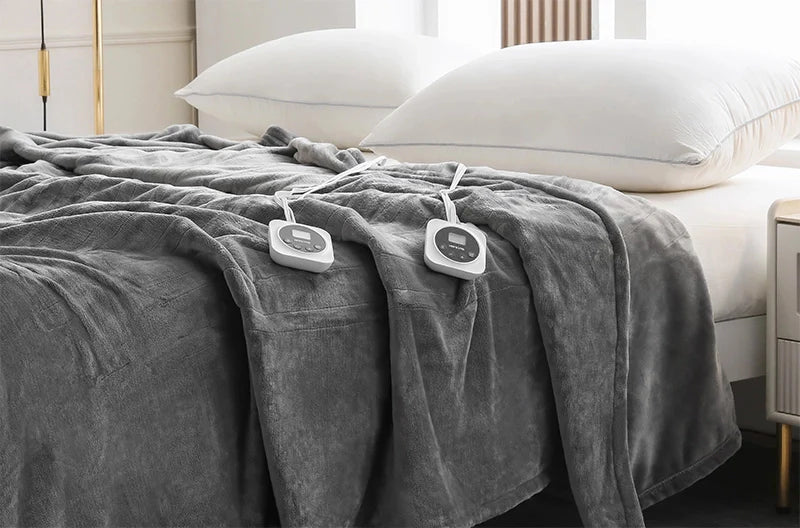
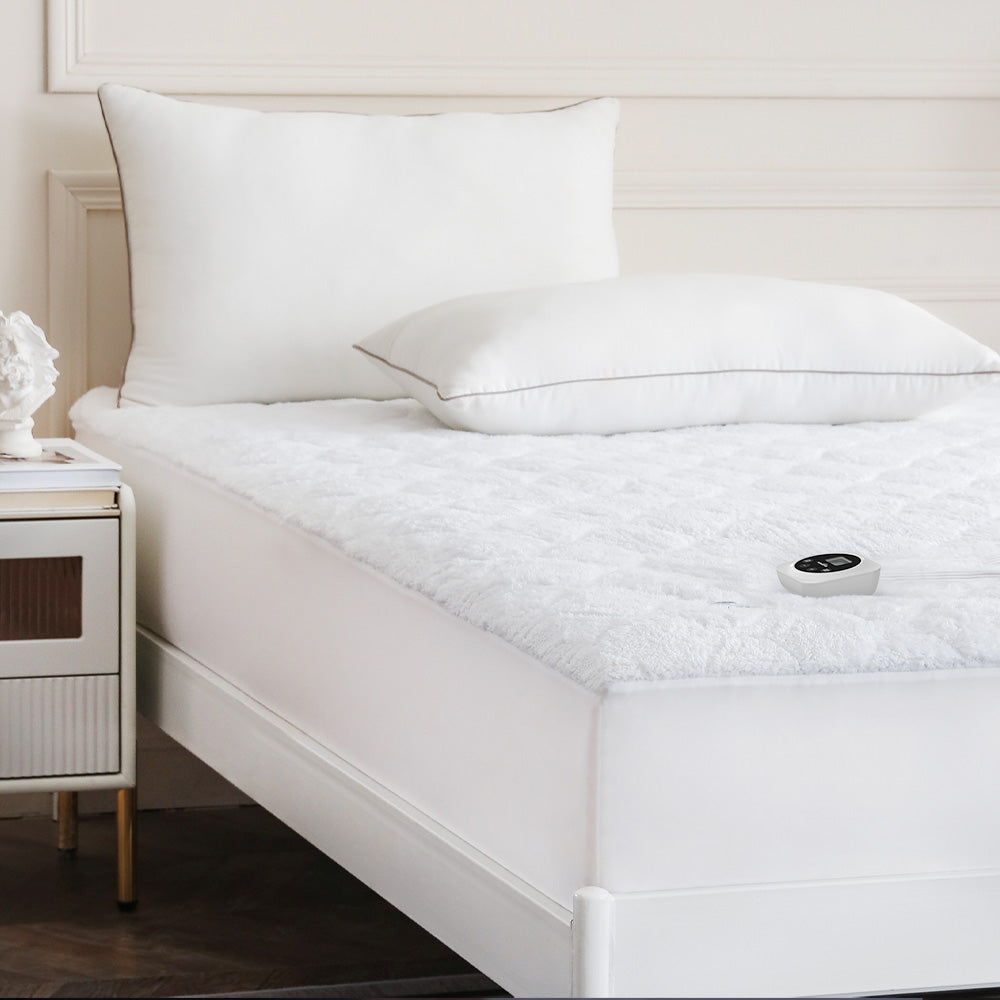
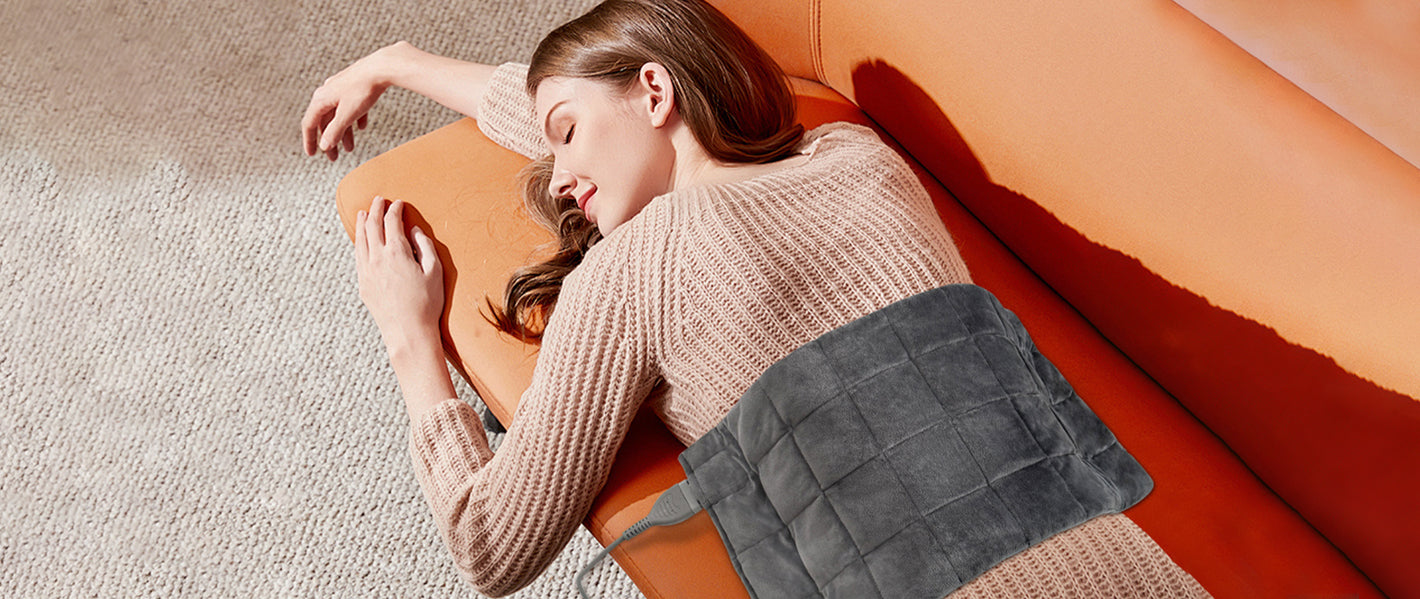
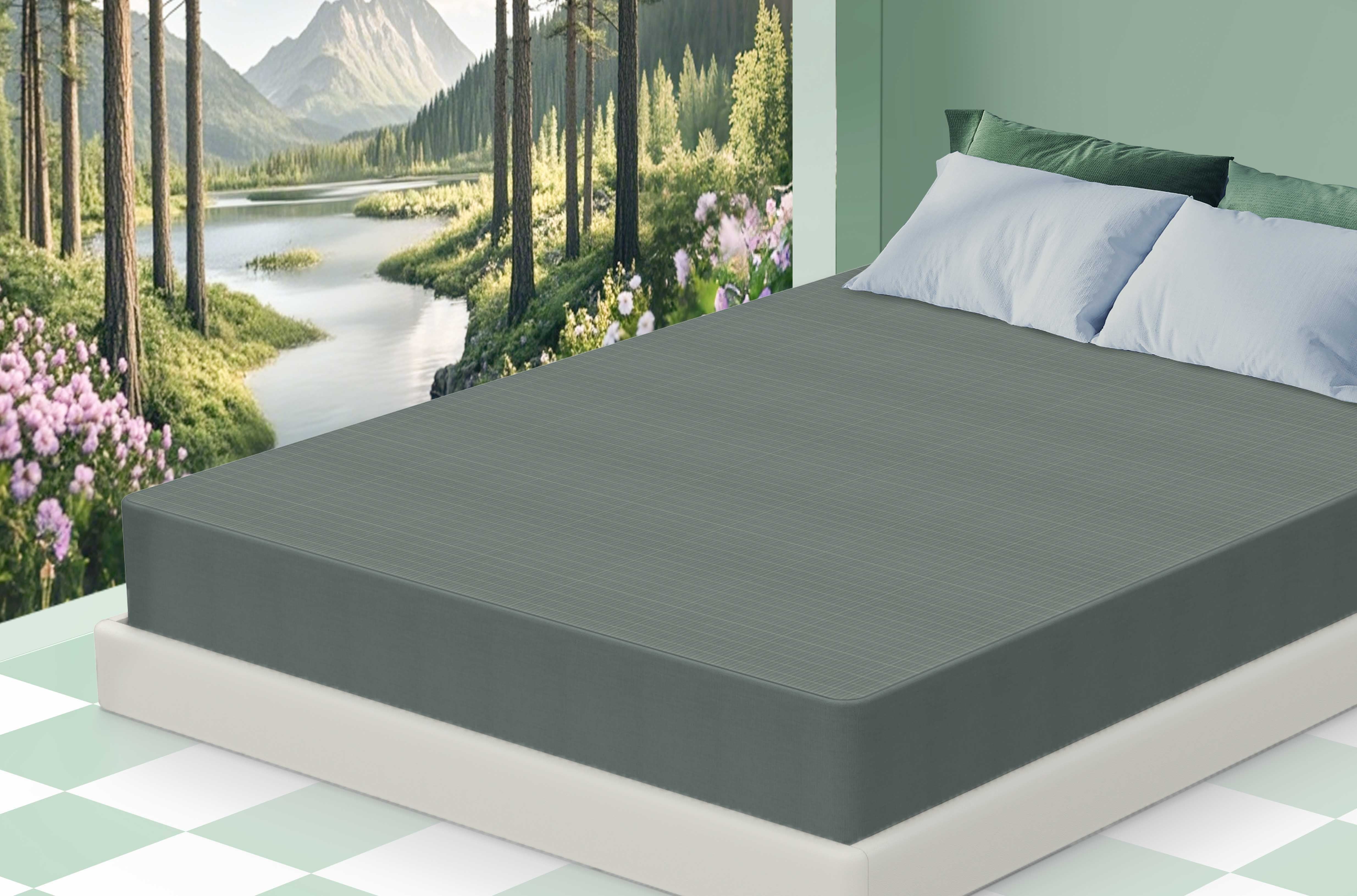
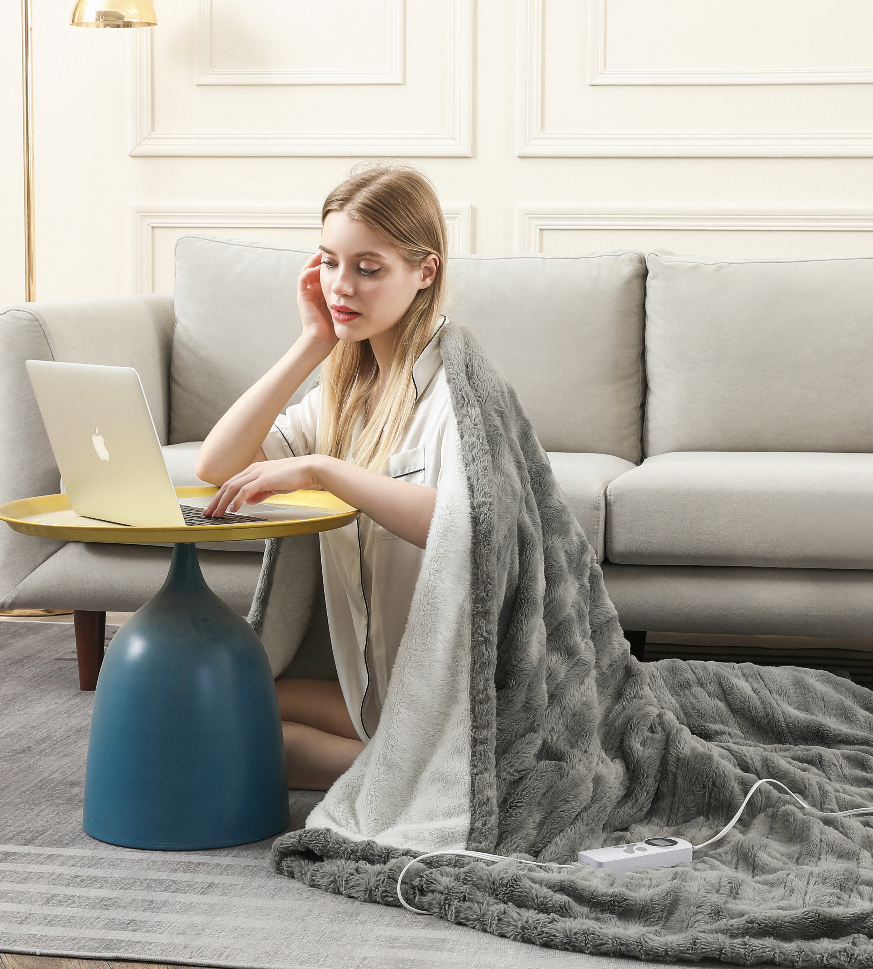
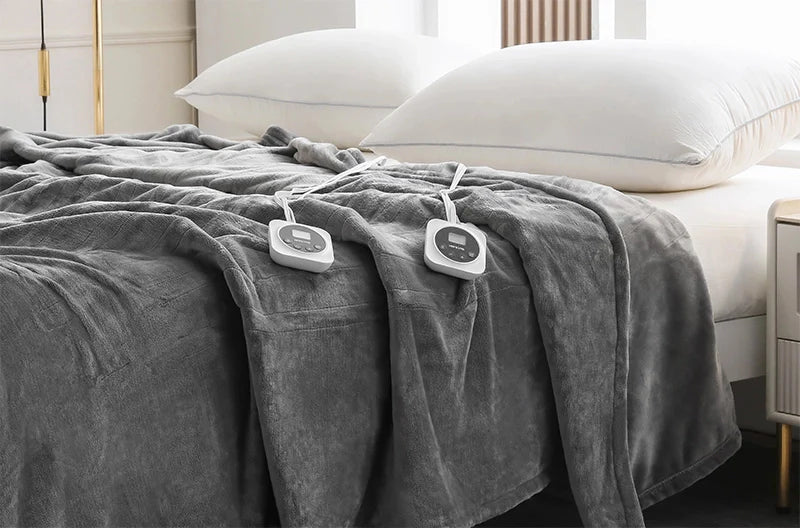
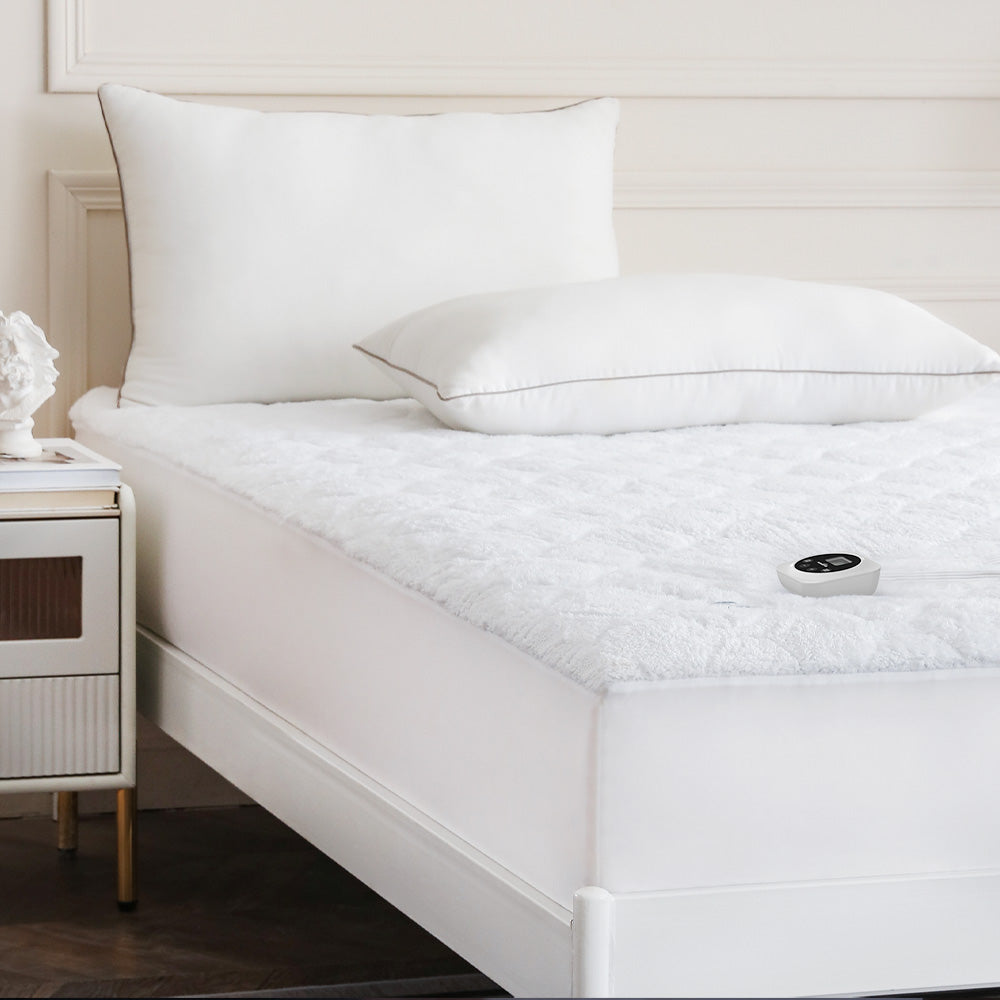
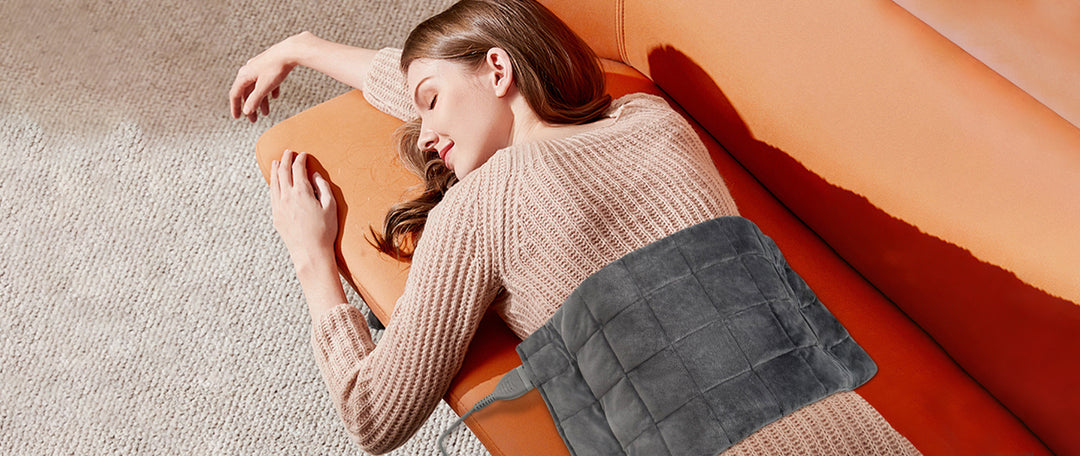
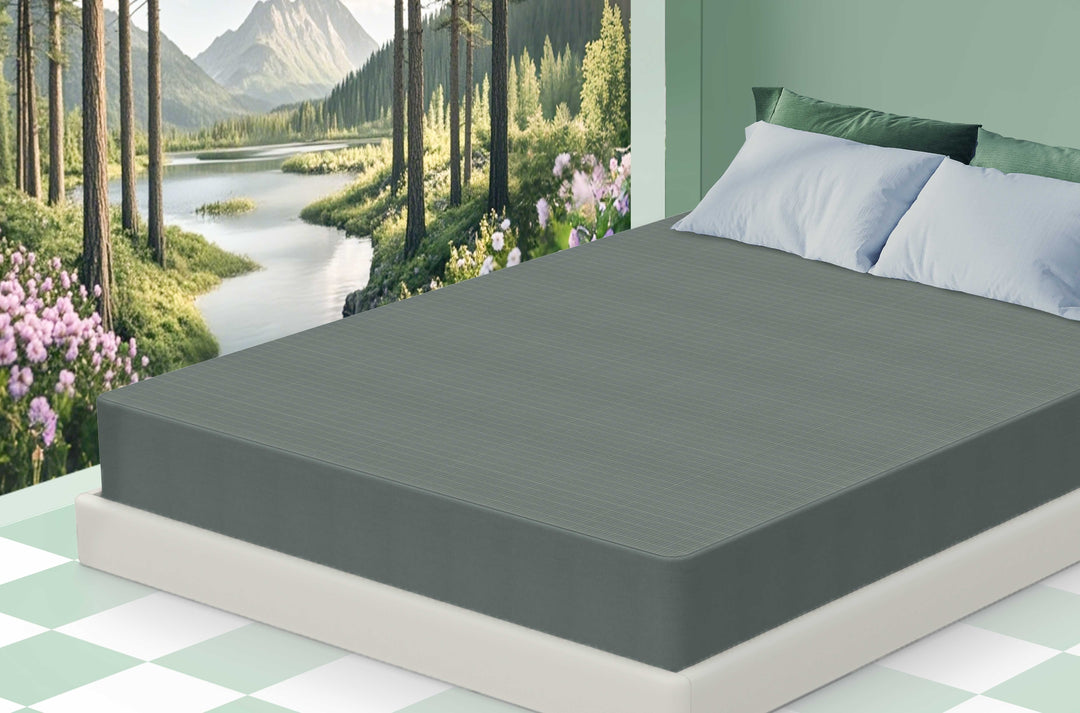


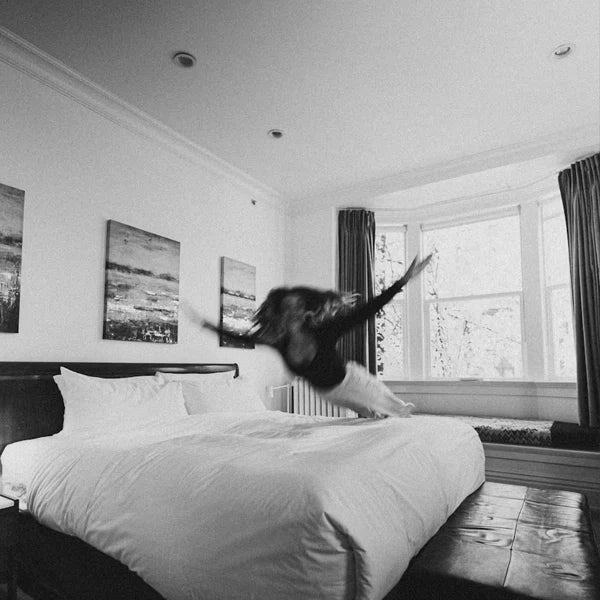
Leave a comment